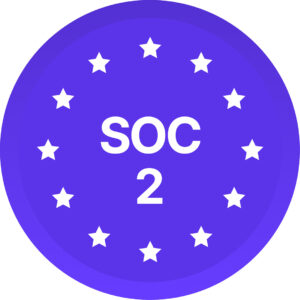In 2021, the Canadian Government voted to recognize August 1st as Emancipation Day in Canada. This marks the day in 1834 when the Slavery Abolition Act came into effect. Canada’s history with slavery is a history that, unfortunately, many people in Canada do not know much about – me included. I grew up learning what could be viewed as Canada’s positive efforts in abolishing slavery, like the underground railroad and becoming a safe haven for enslaved persons in the United States but did not learn about how slavery was perpetuated in Canada. It was not until university, when I started to take more courses on social history, that I began learning about this part of our history, including eugenics in Canada, internment camps, and Africville.
This was an eye-opening experience for me, yet I was still left with the feeling of not knowing what to do next or how to progress from there. I was reading about slavery in Canada, talking about slavery in Canada, but not sure how to turn that into action. June Givan, president of Black History Ottawa, stated, “Talking about it is part of the privilege. Doing something is part of the work…This is a chance to stop and think and be a little sorry for what has happened, but also to pick up the mantle and start to right the wrongs.” 1 So, while education, active listening, and participating in discussions on these topics are a great first step and there are a variety of resources to leverage, what steps can we take to foster anti-racism in the workplace?
Foster Motivation
Like many DEI initiatives, an anti-racism strategy works best and is most effective when there is buy-in from employees at all levels across the organization. It is not solely the responsibility of racialized employees to educate others on racism and there needs to be a strong commitment from leadership.
To ensure that everyone is aware of the need to have an anti-racism strategy and the effects of racism at work, education, and training are important. CCDI Consulting offers a certificate program on anti-racism that can help provide this baseline knowledge, build motivation, and communicate the social and business imperative.
Audit
The next step we may wish to take is to audit the current state of our organization for racism. What are the experiences of Black employees in your workplace? When you look at the leadership level, is there a meaningful representation of racialized individuals? Are there supports for racialized employees, such as employee resource groups, mental health services, and mentors? And if so, are they being utilized, and are employees finding them to be helpful? Is there a safe space – a space created by and for racialized employees – to talk about racism and experiences at work? Is there a brave space – a space for dialogue and healthy debate between members of racialized communities and members of non-racialized communities?
Act
- If you see or experience racism in the workplace, do not stay silent. This does not necessarily mean responding in the moment and calling someone out. We each have a role to play in creating and maintaining an inclusive and anti-racist workplace. Document incidents, ask for support from others you trust, speak with HR or a manager, and hold each other accountable for taking action. Likewise, if you see only racialized employees being asked to weigh in on issues related to race at work or being tokenized (an action that is only to prevent criticism and give the illusion of fair treatment, rather than lead to long-lasting change), voice your concerns.
- Advocate for Emancipation Day to be a paid day off.
- Develop an action plan based on your audit results and follow through – This includes establishing benchmarks and providing updates to employees on the progress. Transparency, consistent updates, and accountability are essential to ensuring that anti-racism steps are effective and that commitment to anti-racism is authentic.
- Push your organization to ask employees how it’s going – We cannot fix what we cannot measure. If we are not asking how things are going, what’s working, and what’s not, we will not improve.
Being an ally and stepping up to foster an anti-racist workplace takes intentional effort and is an ongoing process. It will not be accomplished by completing one action and moving on. With that in mind, be kind to yourself and each other through enacting this change in your organization. Everyone makes mistakes, and we will all continue to make mistakes. Do not let mistakes stunt your progress.
This blog by Lauren Westecott was originally published by Diversio EDU (formerly CCDI Consulting) in July 2023.
Our newsletter and blogs feature personal opinions and diverse viewpoints. We aim to create a safe space for our team to share their perspectives on diversity and inclusion. Please note that individual articles may not align with every reader’s view or comprehensively cover a topic. We appreciate the diversity of opinions and respect our team’s contributions.

